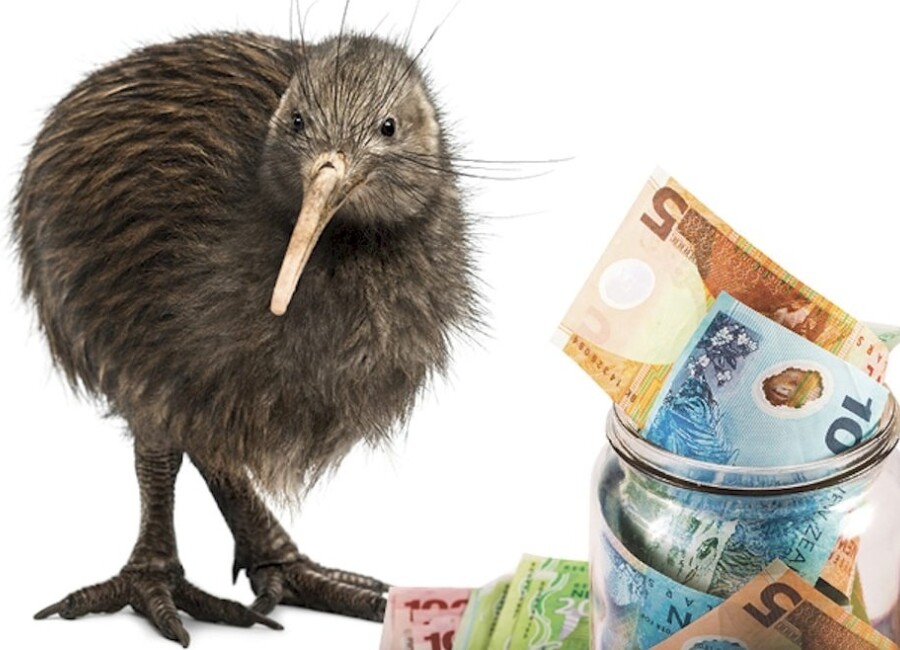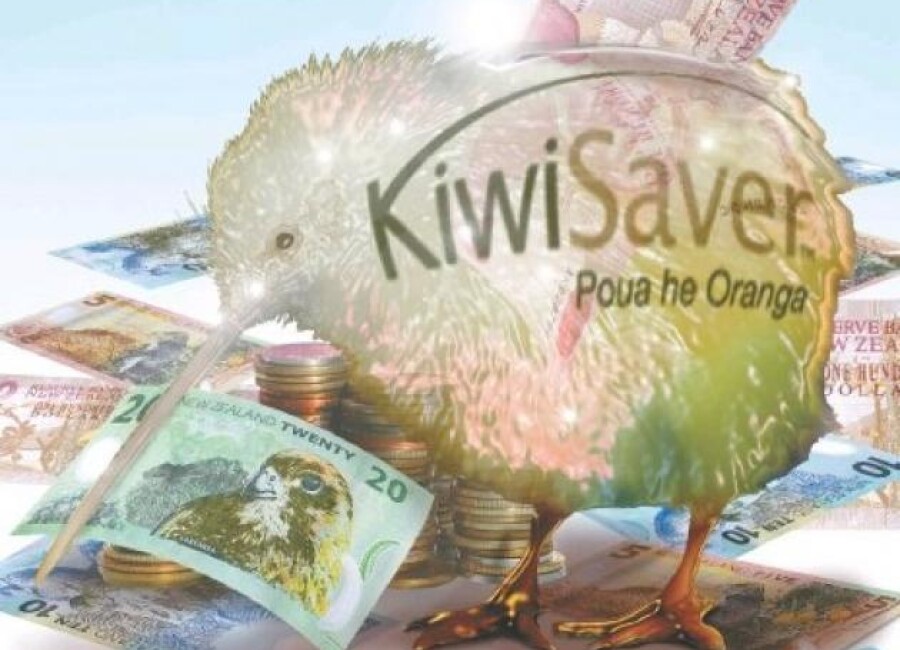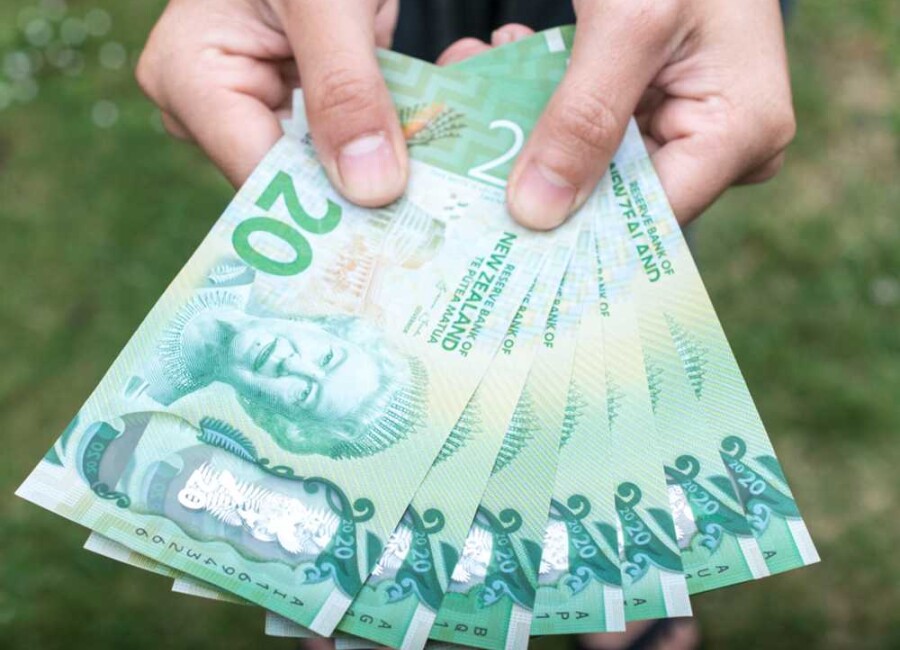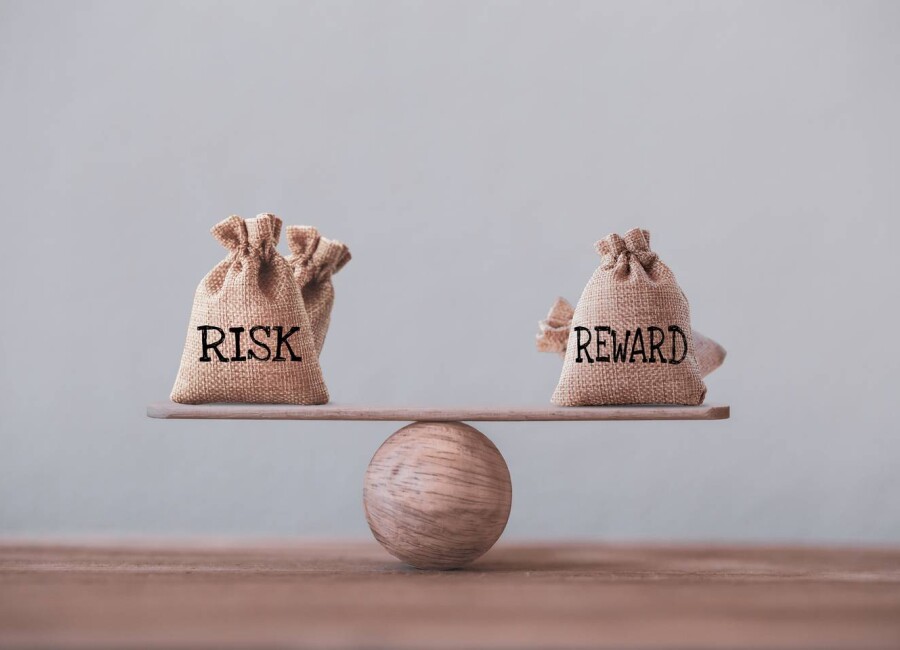
How we can help you with your KiwiSaver planning:
- Help you understand how KiwiSaver works and why it is so GOOD
- Reviewing your existing KiwiSaver account or giving advice if you have not already joined
- Why KiwiSaver is such a good investment option for the over 65s
- Ensuring you are in the best fund to maximise your returns
- Making sure that you are in receipt of your free money (Government Contribution)
- Calculating your retirement benefits so you know what KiwiSaver is likely to provide at retirement
- Using KiwiSaver to help you purchase a home (for first home buyers)
How KiwiSaver Works
KiwiSaver is a voluntary savings scheme set up by the government to help New Zealanders to save for their retirement.
It's an easy and affordable way to save and invest for our retirement years. Most of us can benefit from joining KiwiSaver, if we haven’t already.
Employees can choose to contribute 3%, 4%, 6%, 8% or 10% of your gross (before tax) wage or salary to our KiwiSaver account.
Employers are required to contribute close to 3% of your gross salary if you contribute.
There’s an annual government contribution as well, even if you're not an employee – as much as $521 each year until you're 65.
If you're self employed, you an choose how much you want to invest but ideally, at least invest enough to benefit from the free annual contribution.
Your savings are invested on your behalf by the KiwiSaver provider of your choice.


Government Contributions - Never Miss Out on Free Money
You can’t really talk about KiwiSaver without talking about government contributions.
As long as you’re eligible, every year the government matches your KiwiSaver contributions with 50c for each dollar you pay in, up to a maximum of $521.43. So, to get the full government contribution, you simply need to make sure that $1,042.86 (or just over $20 a week) goes into your KiwiSaver account each year. If you were only going to check one thing each year on your KiwiSaver this should be it.
If you’re an employee and are working full time, you’ll probably hit your minimum contribution without noticing. However, it’s always good to check your contributions for the year to make sure.
Financial Hardship Withdrawals
The main purpose of KiwiSaver is as a long-term retirement savings scheme that’s locked in till you’re eligible for NZ Super, which is currently set at 65.
But if you can provide evidence that you're suffering significant financial hardship, you may be able to withdraw some of your KiwiSaver money early. In addition, KiwiSaver scheme supervisors have to also check that reasonable alternative sources of funding have been explored, and have been exhausted, before releasing money.
If your application is accepted, You may be able to withdraw anything up to the total current value of the amount that you and your employer have contributed, but you can’t withdraw the $1,000 kick-start, if you received it, or any Government contributions.
Significant financial hardship includes when you:
- cannot meet minimum living expenses
- cannot pay the mortgage on the home you live in, and your mortgage provider is seeking to enforce the mortgage
- need to modify your home to meet your special needs or those of a dependent family member
- need to pay for medical treatment for yourself or a dependent family member
- have a serious illness
- need to pay funeral costs of a dependent family member.

Why You Shouldn't Be a Compulsive Switcher
Frequently switching between funds to try and get the “right” investment fund is one of the most common mistakes we see clients make. Changing funds to try and time the market, like moving to a more conservative fund when you see your balance fall, can mean you miss out on investment returns when the markets improve. The most important factors when it comes to selecting a fund are your investment goals and how long you have until you’ll need your money.


Have Online Visibility
Information is a powerful tool – but getting the balance right of checking in on your account every now and then, but not too often, is crucial to the long-term success of your KiwiSaver account. It’s good to check on your KiwiSaver balance from time to time to see if you’re on track to reach your goals, but checking too often can lead to concern if you see your balance going up and down. KiwiSaver is intended to be a long-term investment, and short-term market ups and downs are normal.
Consider a Managed Fund for your Shorter Term Goals
Locking money away until retirement or for a first home can prove to be one of the biggest advantages of KiwiSaver, as we can’t dip into it for other shorter-term expenses and goals. This does however limit our options, with many shorter-term goals off the table as a result.
Investing in a managed fund can be a simple way to fill this gap and the great news is it will look and feel very similar to your existing KiwiSaver account. Unlike KiwiSaver, a managed fund can also be set up in more than one name allowing accounts to be aligned and managed across the family for a range of different goals.


Get Some Advice
Perhaps the most important hack of all, if you’ve still got questions on how you can get the most from your KiwiSaver account – get some help. A report from Financial Advice New Zealand shows that Kiwis who seek out professional financial advice exhibit good financial behaviours more often than those who don’t. They’re more prepared for retirement, feel better about their financial position and are more comfortable making big financial decisions.
